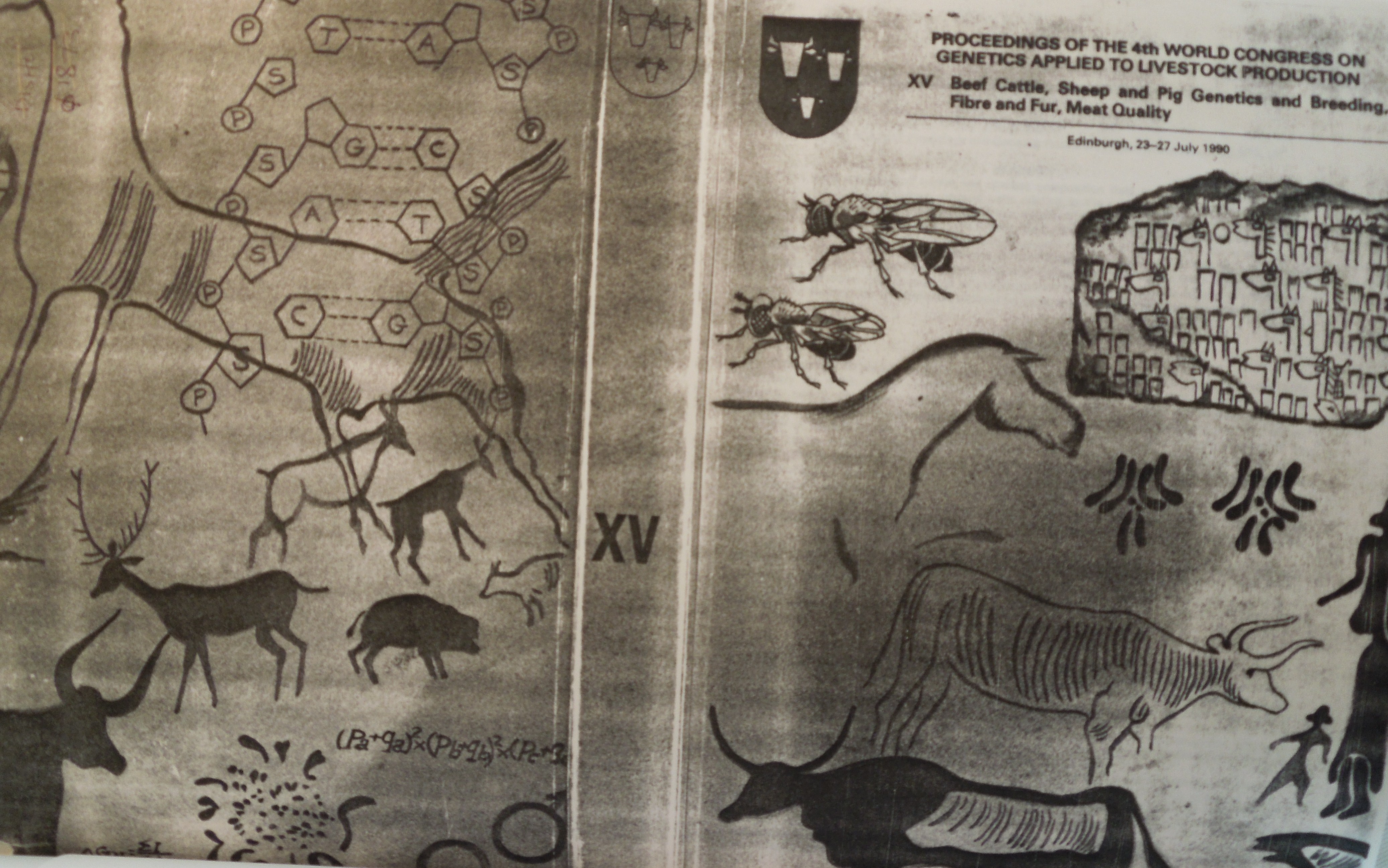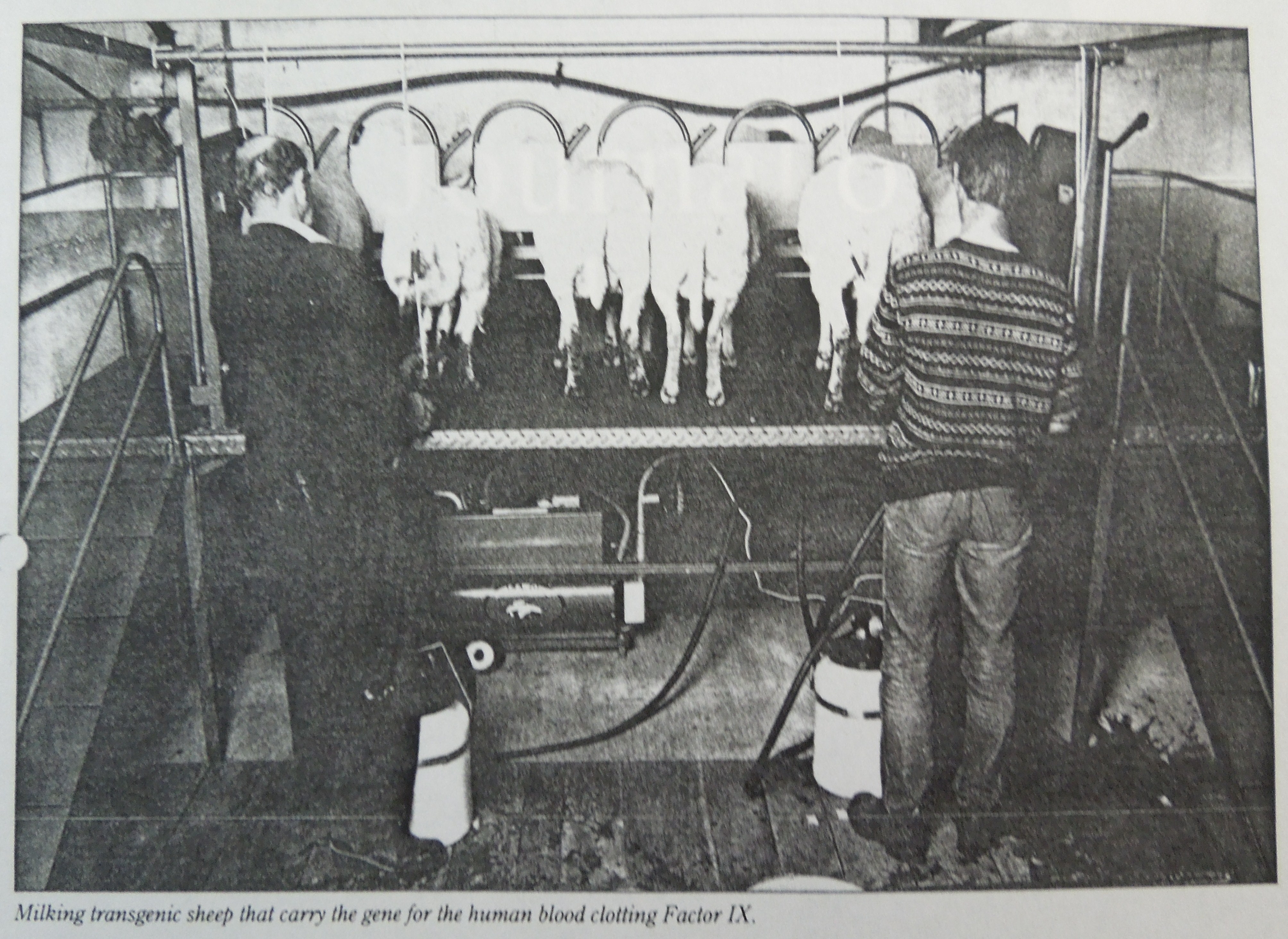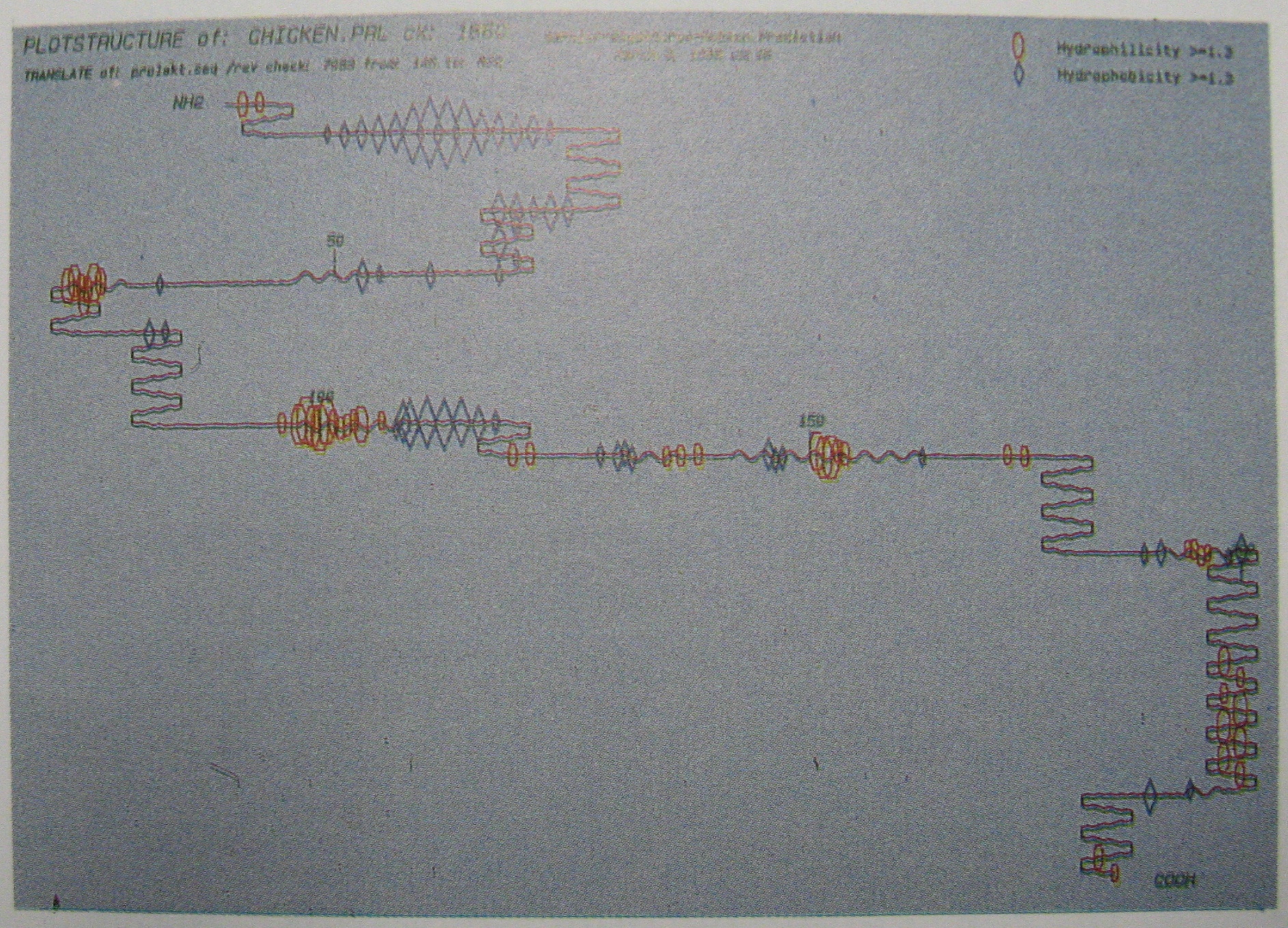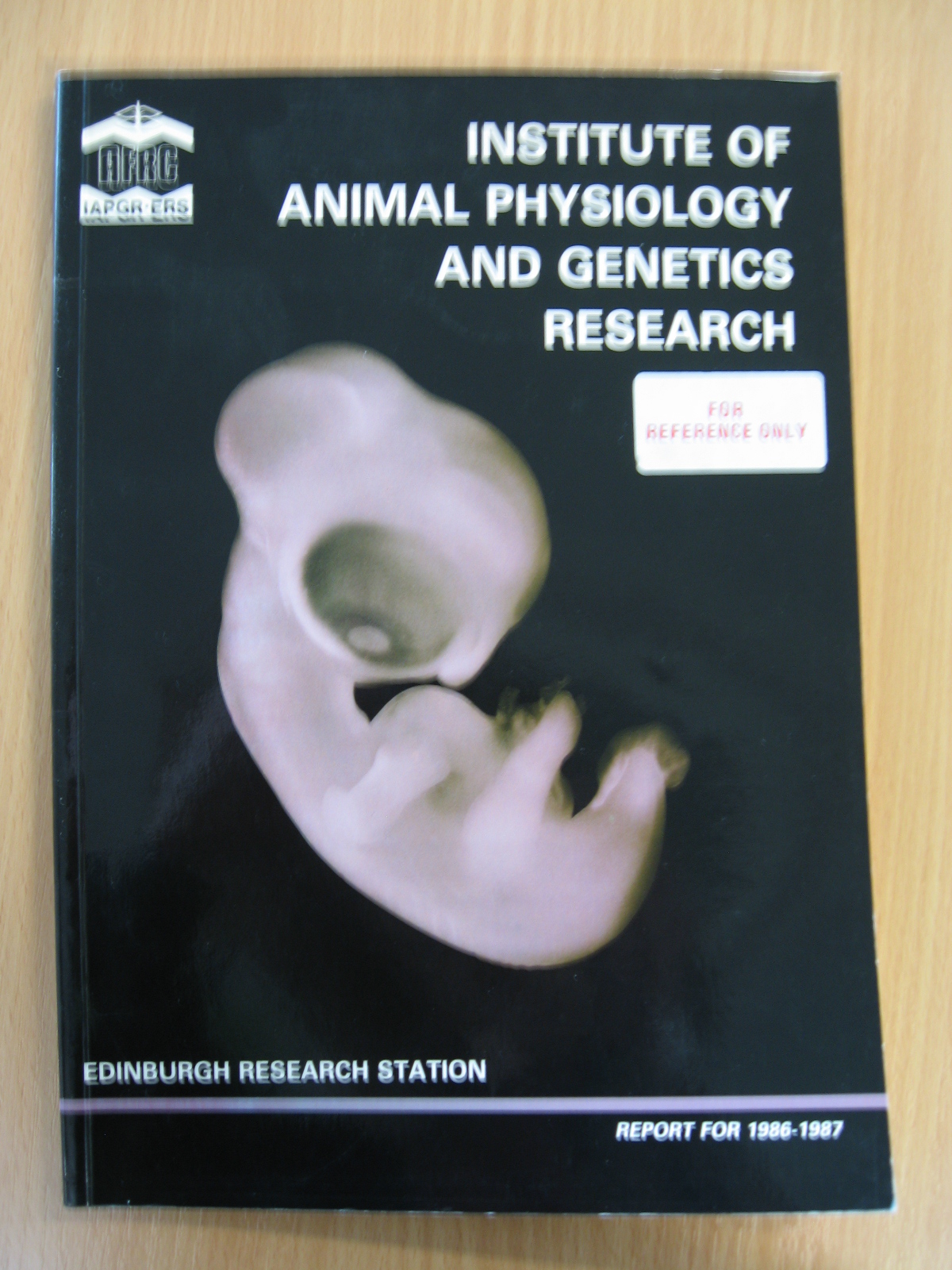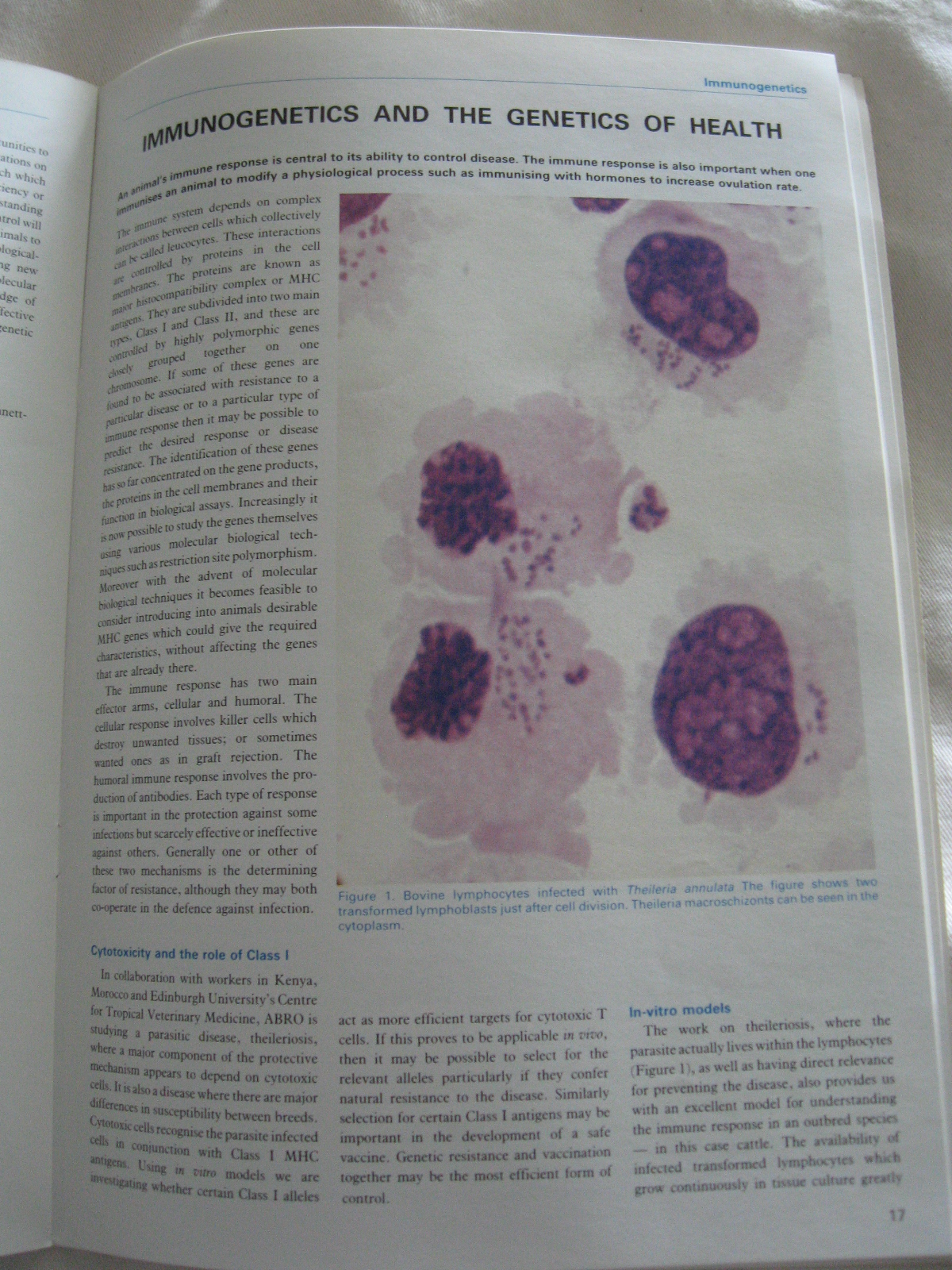On 1 October, 1989 Chris S. Haley and Alan L. Archibald, scientists at the Institute of Animal Production and Genetic Research, circulated a report entitled: Annex 1 – A Genetic and Physical Map of the Pig. In the report they note that the ‘concept of using a complete genetic map as a tool for understanding and exploiting genetic variation is not new. However, it is only with the advent of molecular genetic techniques, which provide the prospect of large numbers of genetic markers based on restriction fragment length polymorphisms (RFLPs), that the concept has become realisable.’ The summary of their report explains:
Many of the future development in animal science and in animal improvement will depend upon the presence of species specific genome maps largely based upon RFLP markers. It is likely that such maps will be developed in all major domestic species, but the pig has several advantages for such a project. We propose here that a project is initiated to produce a genetic and physical map of the porcine genome based upon a cross between the genetically distinct Chinese Meishan and Large White breeds. Such a map would provide a basis upon which a generally applicable map could be built and would provide the first opportunity to detect and map genes controlling economically important phenotypic traits.
 Image: Timetable for mapping the porcine genome
Image: Timetable for mapping the porcine genome
Gene or genome mapping is the creation of a genetic map assigning DNA fragments to chromosomes. For those interested in learning more about genomics, gene mapping and current research and trends in this area, here are a few websites of interest:
ERSC Genomics Network (Edinburgh): http://www.genomicsnetwork.ac.uk/
Dr. DJ De Koning, Roslin Institute’s research summary: http://www.roslin.ed.ac.uk/dj-de_koning/summary-of-research/
National Human Genome Research Institute, National Institutes of Health, Bethesda, MD, USA, Gene Mapping Fact Sheet: http://www.genome.gov/10000715
 human one.
human one.
